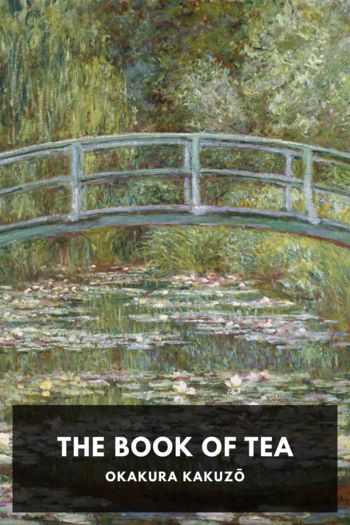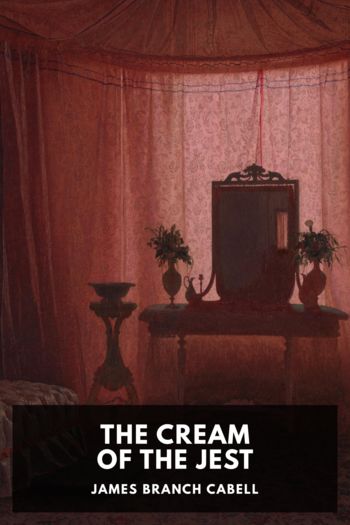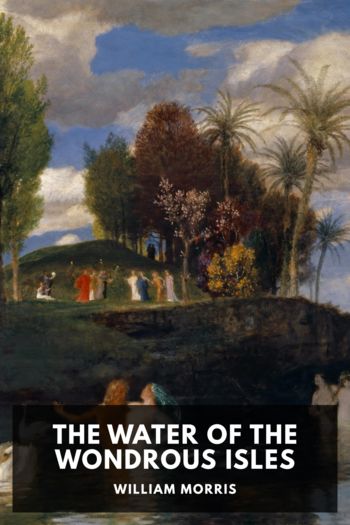Chocolate Sarah Moss (best fantasy books to read .txt) 📖

- Author: Sarah Moss
Book online «Chocolate Sarah Moss (best fantasy books to read .txt) 📖». Author Sarah Moss
Women working in Rowntree’s factory in York. Note the decor on the walls and efforts to make this a domestic atmosphere.
As chocolate was adopted by more of the bourgeoisie in Europe, it was domesticated not only within the ideal nuclear family, but also within the other great social invention that came into its own in that century: the nation. The emphasis on domestic manufacturers of chocolate slowly came to obscure the places where the cacao was grown (though as we will see below, not entirely). Many of the advertisements for chocolate make the link between family and nation quite explicitly. On chocolate labels and adverts, chocolate factories proudly displayed themselves as part of national and urban landscapes, while images of frolicking children within them emphasized – sometimes simultaneously – the maternal nature of feminine homelands. In addition to these urban developments, nations like France that were beginning to record their various regional foods into a catalogue of rich and varied national traditions began to explore the artisanal roots of chocolate. The local cultures of chocolate in places like Bayonne were re-crafted into parts of national folklore, hallowing relatively recent customs with the incense of time-honoured tradition. Such images of ‘natural’ homelands were always misleading, however, particularly in the case of the two countrieswe now most associate with fine chocolate. Chocolate’s associations with Switzerland and Belgium have nothing to do with any native natural product, nor did either have direct colonial cacao connections. For a number of reasons Switzerland happened to be a centre of industrial innovation. Belgians, on the other hand, showed themselves above all adept at creating and marketing filled chocolate confections.
Chocolate’s association with milk of course strengthened its maternal connection with the nation. The best-known case in point is the association with Alpine landscapes and cows that came with the rise of Swiss chocolate manufacturing late in the nineteenth century. Though the expansion of Swiss chocolate was based on modern, technological processes, the images of unspoiled Alpine meadows embedded these products in supposedly ancient Swiss tradition. Such natural ‘homeland’ landscapes have long had feminine associations, but these were made explicit by the presence of milkmaids and placid cows. Similarly, a chocolate bar by the Belgian firm Callebaut from around the same time featured a ‘typical’ Low Countries milkmaid foregrounded on a scene of windmills and cows. These inward-turning visions of national landscapes nevertheless quickly became stereotypical marketing symbols. Peter’s (the inventors of milk chocolate) marketed their product in America as ‘high as the Alps in quality’, with an advertisement showing an Alpine hiker. The ad praised the chocolate’s ‘absolute cleanliness’ and also offered the illustrated booklet ‘An Ascent of the Matterhorn’ free with purchase. Eventually, any actual connection to Switzerland became superfluous. This can be seen most clearly in Swiss Miss, a brand of hot chocolate developed in America by a Sicilian family, which has been using the Alps and milkmaid theme to promote its ‘European-style’ chocolate since the 1950s.
The images of purity and health attached to chocolate were diminished somewhat by the rampant practices of adulteration that were common in the nineteenth-century food industry. Particularly after cocoa butter came into its own, this more expensive product was skimmed off and sold elsewhere, to be replaced in the final product by animal fats, oils or egg yolks, resulting in chocolate that went rancid quickly. Furthermore, a wider range of substances were added to create bulk and substance. Relatively harmless ingredients like potato starch, rice and pea flour and the husks of the cocoa beans were added, but less edible and downright toxic ingredients such as brick dust, red lead and vermilion also found their way into chocolate. In 1850 the British medical journal The Lancet began to test the purity of a range of newly industrialized products. Among the alarming discoveries was that just over half of their sample of chocolate contained red ochre from ground bricks.
The results of such revelations were, fortunately, laws outlawing such activities, most notably in Britain the Food and Drugs Act of 1860 and the Adulteration of Food Act in 1872. Over and above this, however, came an increased emphasis on ‘purity’ in chocolate. This was yet another way in which the focus on the manufacturer obscured the origin of the beans as the source of authenticity. While sources from early in the century emphasized the quality of ‘pure’ Caracas criollo, by the end of the century domestic manufacturers like Cadbury put themselves forward as symbols to vouch for the pure chocolateness of their products.
‘Blackening’ Chocolate –
Race, Exoticism and Slavery
Chocolate’s ‘whitening’ through associations with milk, childhood, national families and landscapes did not fully erase its ‘colouring’ as a colonial product: quite the contrary. Chocolate’s spread and transformation in the North Atlantic world in the nineteenth century was accompanied by profound transformations in the economics of cacao cultivation. As cacao began to spread throughout the tropical colonial world in the late nineteenth and early twentieth centuries, chocolate’s image, particularly in Europe, was also ‘blackened’ in a number of ways.
Particularly with the upheavals that were occurring in Latin American chocolate production, speculators looked for new places to grow cacao. Via imperial routes, cacao planting travelled to European holdings in Africa and particularly Dutch colonies in Indonesia. Almost from the very start of European exploration, plants began to circulate in whatwould become the colonial world (Mexican cacao seedlings were apparently brought to Indonesia as early as 1515), but in the nineteenth century it began to happen systematically. The pioneers were the Portuguese, who, just before their colony of Brazil gained independence, took forastero cuttings to their colony





Comments (0)